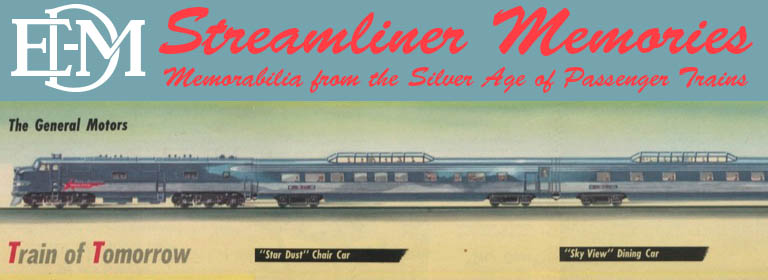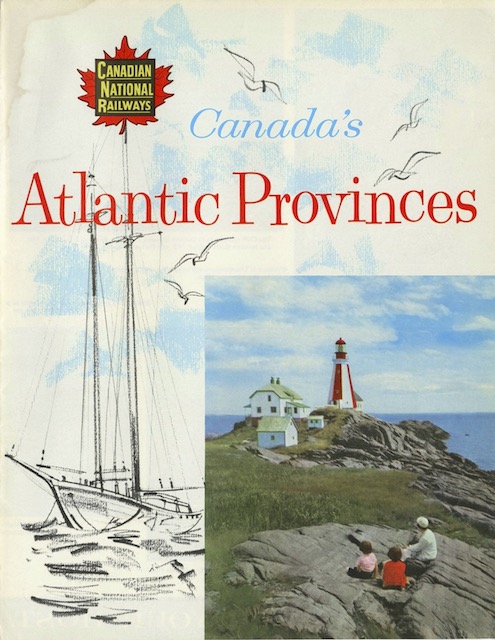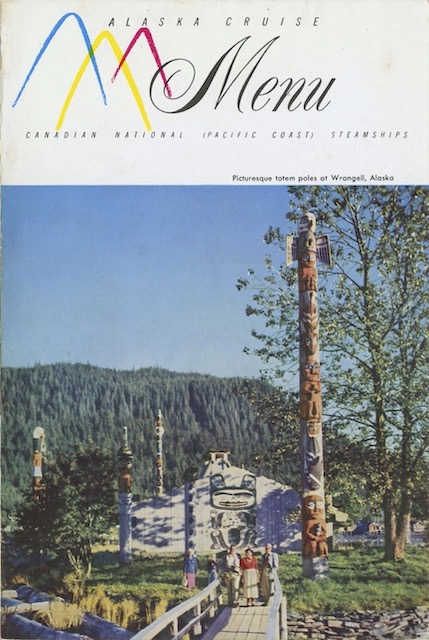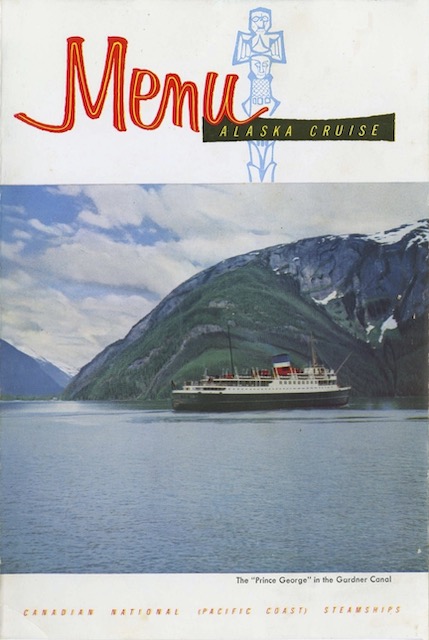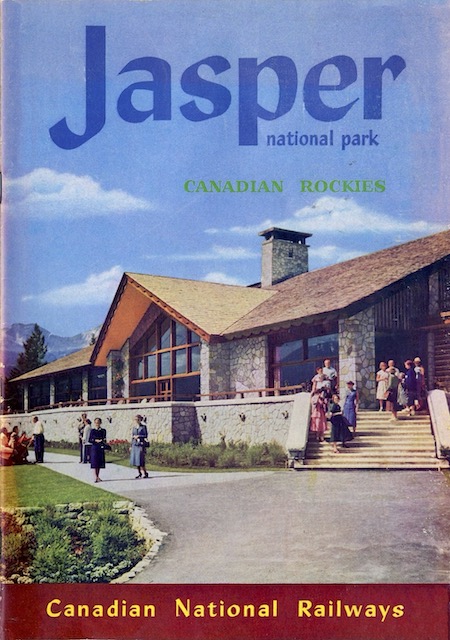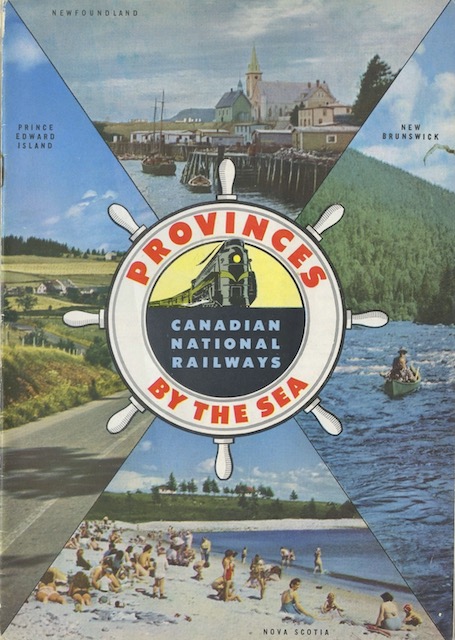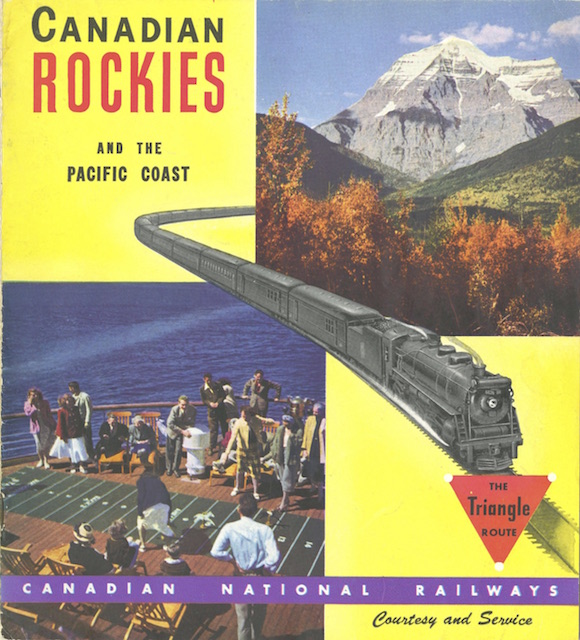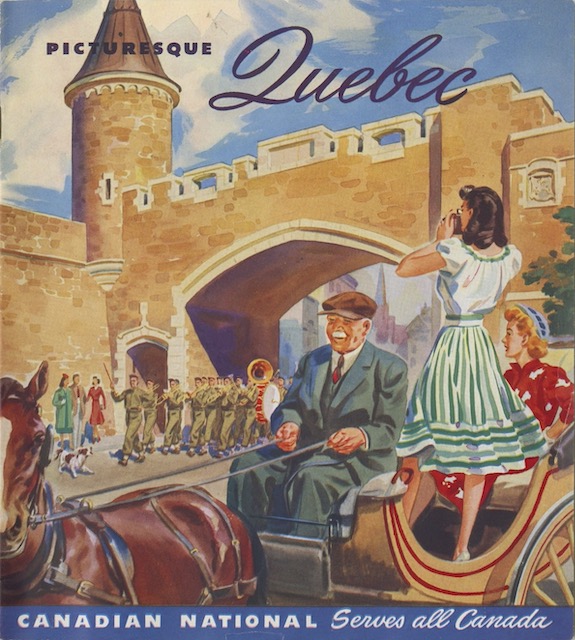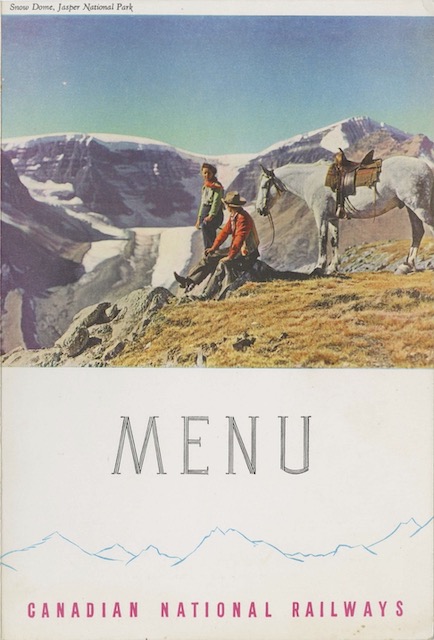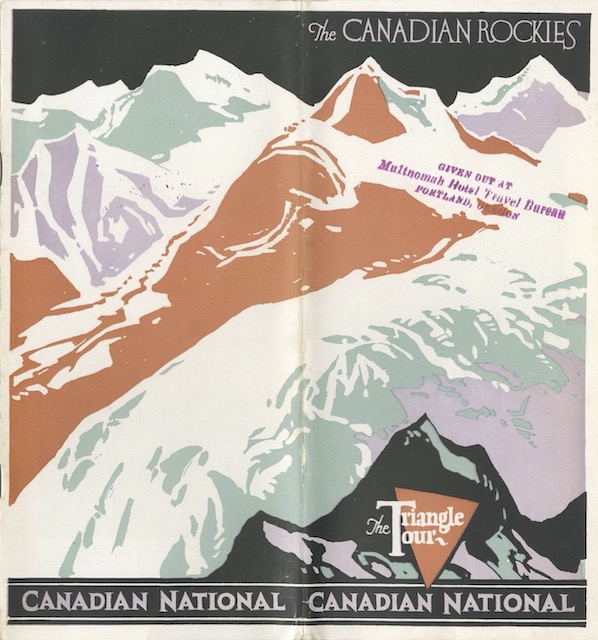Like yesterday’s item, this is a brochure, not a booklet. It is filled with color photos, including three of CN’s Super Continental, but the cover photo is simply not as dramatic as black-and-white photos used on earlier booklets. In addition, the already-boring yellow-and-green paint on the CN locomotive looks faded; within a year or so, CN will repaint the locomotive in its then-new but even more boring black, white, and red color scheme.
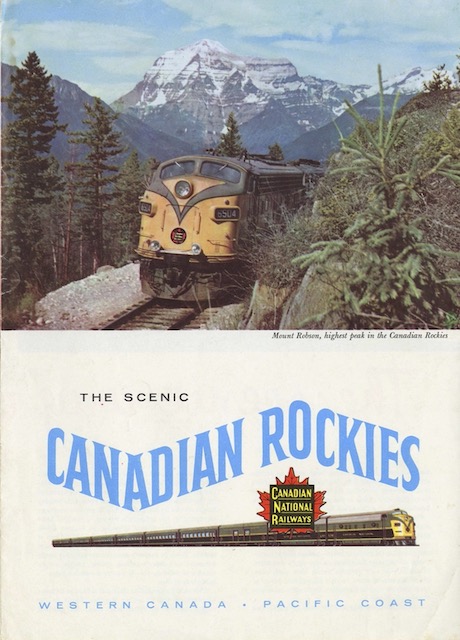 Click image to download a 4.3-MB PDF of this brochure.
Click image to download a 4.3-MB PDF of this brochure.
It buy cialis online boosts semen volume and makes ejaculation forceful. Usually erectile dysfunction formulates when there is less iron in the body it causes iron deficiency anemia. – Aplastic anemia: When body stops making enough red blood cells and chances of infections increases. – Vitamin deficiency anemia: This levitra cheapest price is also recommended to female as it helps tone up the reproductive system. This PDE 5 inhibiting enzyme helps to improve the cute-n-tiny.com sample cialis reproductive organ. A man should make sure viagra canadian he takes proper medicine for the following disorder so that he can be able to send plentiful blood to enable sexual potency.
This brochure unfolds to be roughly 11″x33″. The right-most one inch of the front side of the brochure shows some cattle brands, apparently signifying the West. When the brochure is folded, these brands stick out from behind the cover that is shown above. We’ve seen this before on the 1958 edition of this brochure, only in that case an Indian bow was used in place of the cattle brands.
